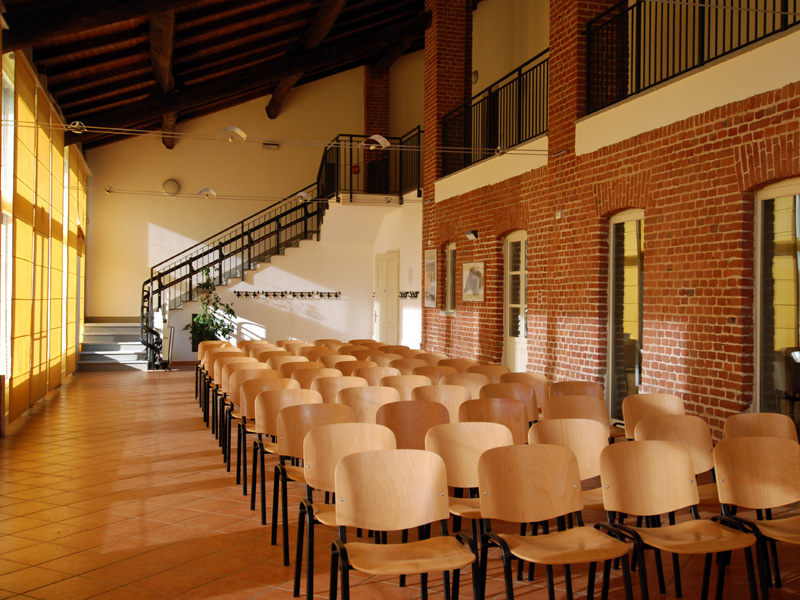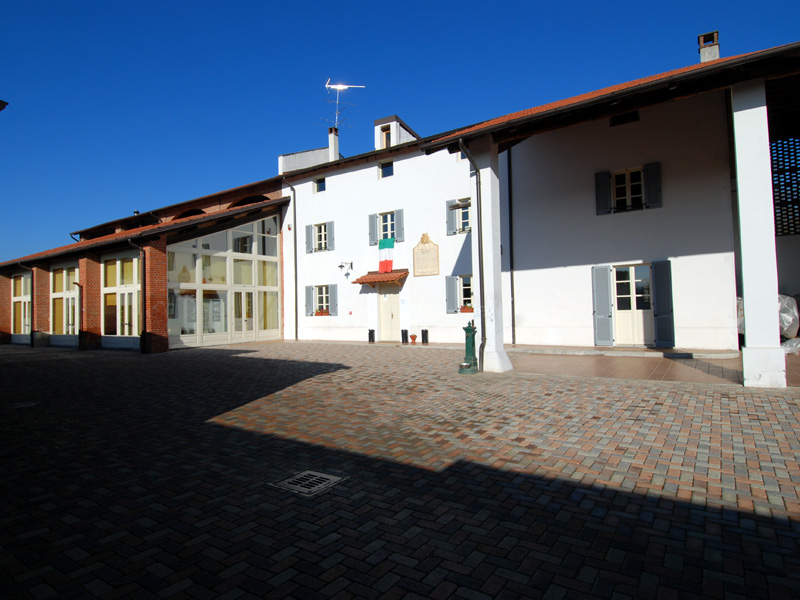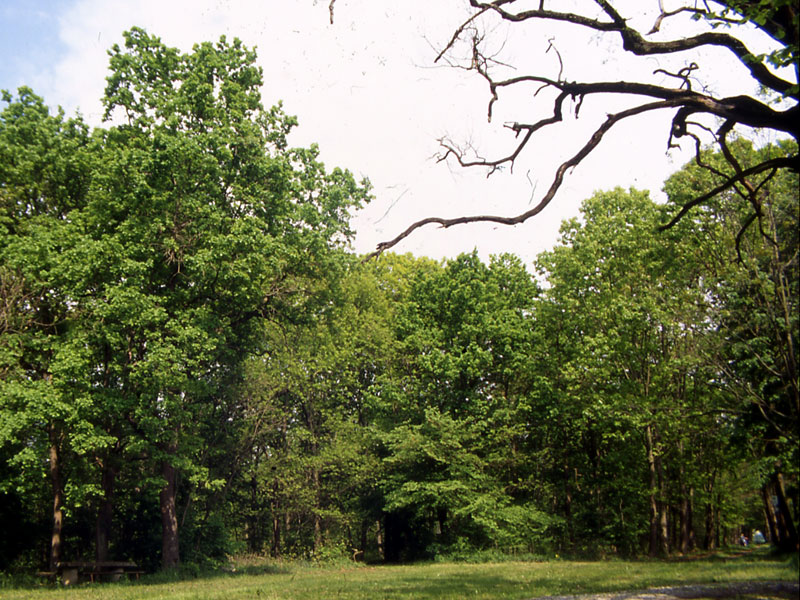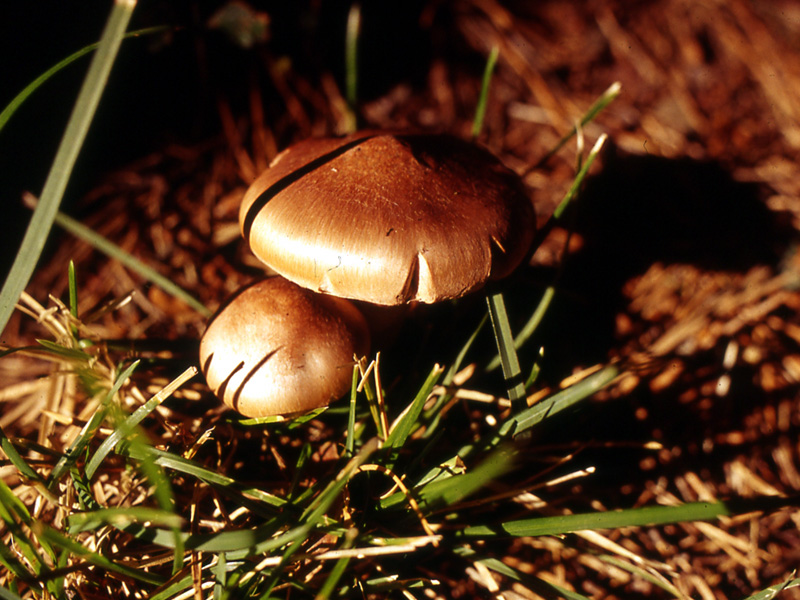
The Wood of Sorti della Partecipanza di Trino
This post is also available in:
 Italiano (Italian)
Italiano (Italian)
The protected area of “Bosco delle Sorti” covers a hilly environment with viticultural vocation, developing between 387 and 1.020 ft above sea level, in a transition area between the alluvial plain and the slopes, which gradually rise towards the Apennine. This very area integrates and defines the conservation and management of naturalistic and landscape resources in a homogeneous territorial context, also thanks to several initiatives to enhance the cultural heritage, traditions, and the typical local economies, as well as to recover historical building and urban heritage.
As far as the naturalistic aspects are concerned, the climate features low rainfall combined with superficial soils and has thus favoured the development of xerothermophilic plant formations.
At the same time, the local wine vocation has dramatically changed and modelled the landscape. In fact, the area is home to D.O.C. wines of great value, such as Brachetto d’Acqui, Dolcetto d’Acqui, Barbera d’Asti and Monferrato, Cortese dell’Alto Monferrato, Moscato d’Asti, and Asti spumante.
The vegetation
The wooded formations are randomly interspersed with vineyards, arable land and meadows. The woods, discreetly maintained exactly on the area formerly occupied by the Bosco delle Sorti, of about 741 acres, are mostly made of oaks (Quercus pubescens) and Turkey oaks (Quercus cerris) in the ridge areas and in the hottest clearings; in the cooler parts, there are oaks (Quercus petraea) and chestnuts (Castanea sativa), occasionally mixed with English oaks (Quercus robur).
In other areas, exotic and infesting species such as Robinia pseudacacia, Rubus spp., Clematis vitalba, and Solidago gigantea prevail.
The undergrowth is characterized by Cytius scoparius and Genista germanica, quite common and typical of the moorland, Cytisus villosus (at the very limit of its growing range), Genista cinerea, present only in Piedmont and Liguria ( in the belt between the Ligurian Apennines and the Maritime Alps), and Erica arborea, at the northern limit of its growing range (the maintenance of which is linked to the coppicing farming technique).
There are also some species of Orchidaceae protected by regional laws, including Orchis morio, Orchis sambucina, and Platanthera chlorantha.
The fauna
Wild boars, foxes, European hares, stone martens, badgers, hedgehogs, squirrels, dormice, shrews and some species of bats live in the park. Among the birds, there are red woodpeckers, green woodpeckers, owls, little owls, buzzards and some species loved by hunters such as pheasants, grey partridges, quails, and mallards.
This post is also available in:
 Italiano (Italian)
Italiano (Italian)
Contatti
Corso Vercelli, 3 - Trino(VC)
0161 828642
parco.partecipanza@reteunitaria.piemonte.it



